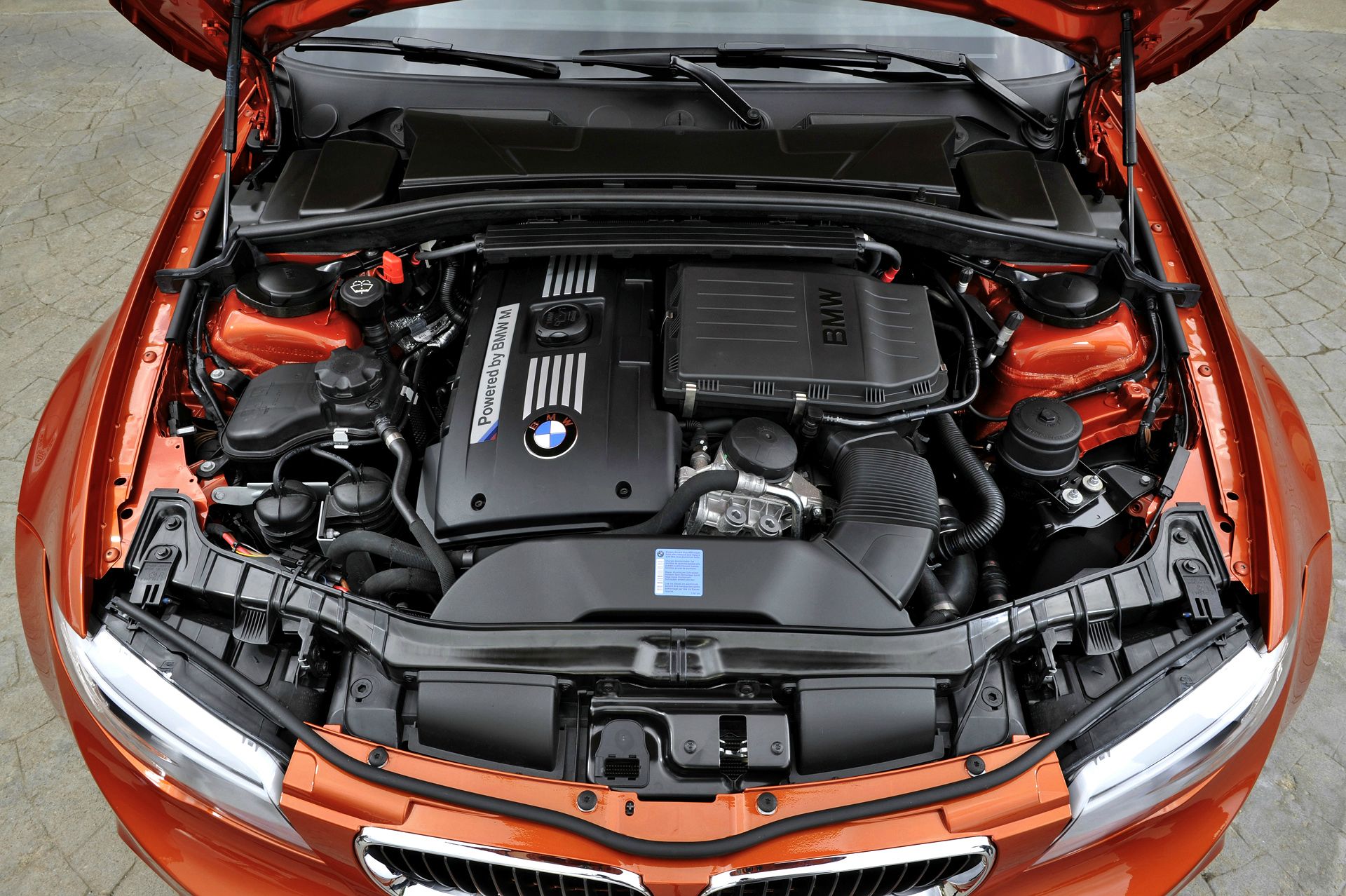Modern fuel technologies provide automotive enthusiasts and engineers with a range of options, each influencing engine performance and longevity in distinct ways.
E85, a fuel blend containing up to 85% ethanol and 15% gasoline, stands out for its high-octane rating and renewable credentials.
While some vehicles and engines flourish when running on E85, others designed for standard or even premium gasoline fail to achieve optimal results even with high-octane fuels.
This duality in performance underscores the importance of understanding what enables a particular engine to thrive on a specific fuel type versus what can cause underperformance or outright failure when using fuels outside their intended specifications.
By examining engines that not only accept but truly benefit from E85, we learn about innovative engineering that leverages ethanol’s properties like high knock resistance and cooling effect.
Conversely, looking at engines that falter on higher-octane fuels, including but not limited to E85 or race gas, teaches us the limitations of design, material tolerance, and fuel system compatibility.
Both perspectives serve vital purposes: the first guiding enthusiasts seeking maximum output and efficiency with alternative fuels, and the second warning of real-world challenges when deviating from manufacturer recommendations.
Together, these two sides present a comprehensive understanding of how fuel choice shapes engine behavior, reliability, and potential for modification.
Also Read: 5 Cars With User-Friendly Seats vs 5 With Poor Ergonomics
Engines That Thrive on E85
E85 isn’t just a greener fuel alternative; for the right engine, it can be the ticket to extraordinary performance and efficiency.
Ethanol’s high octane rating grants tuners room to increase boost and compression ratios without the same fear of detonation encountered with regular gasoline.
Additionally, E85’s cooling effect allows engines to tolerate aggressive timing, creating more power safely. Yet, these benefits aren’t universal. Only some engines possess the hardware and management systems to take full advantage of what E85 offers.
This section spotlights five engines recognized within enthusiast communities, motorsports, and the tuning world as particularly compatible with E85.
These engines have earned their reputation not just because they can operate on E85, but because they showcase impressive gains in power, reliability, or cost-effectiveness over gasoline.
Exploring their design, performance attributes, and real-world examples will help clarify what makes E85 a match made in horsepower heaven for these mechanical marvels.
The engines highlighted here represent diverse brands and architectures, but share one thing in common: they achieve new levels of output and longevity when ethanol fuels their combustion.
1. General Motors LS-Series V8
The General Motors LS-series V8 is a legend, celebrated not only for its broad adoption in GM performance vehicles but also its responsiveness to modification and alternative fuels such as E85.
Out of the box, many LS variants (notably the LSA, LS3, and LS9) feature robust bottom ends, high-flowing aluminum cylinder heads, and fuel injection systems that are easily adaptable to the greater fuel volume E85 demands.
Tuning communities favor the LS for its modularity and aftermarket support, which simplifies upgrades like larger injectors and ethanol-compatible fuel pumps.
What truly sets the LS-series apart is its ability to unlock significant horsepower increases safely on E85.
Ethanol’s detonation resistance means tuners can increase ignition timing and boost without the risk of knocking, one of the primary obstacles to aggressive tuning on pump gas.

As an example, modest bolt-ons and tuning on E85 for a stock LS1 or LS3 can yield an extra 30-50hp, while forced induction LS builds often see reliable four-digit horsepower figures when running E85, thanks in part to ethanol’s cooling effect and energy density.
This makes the LS-series an ideal choice for racers and street enthusiasts seeking reliable, repeatable power gains without the constant concern of engine failure.
The LS engine’s architecture, legacy, and adaptability explain why it thrives when fed E85, setting the benchmark for what’s possible with alternative fuels.
2. Ford Coyote 5.0 V8
Ford’s Coyote 5.0-liter V8 has earned recognition for its advanced engineering, versatility, and ability to extract added performance from ethanol fuels such as E85.
Introduced in the Mustang GT and F-150 lineups, the Coyote’s features dual overhead cams, variable valve timing, and robust internals make it a prime candidate for modern tuning practices.
Unlike some older Ford modular engines, the Coyote’s high-flow head design and efficient cooling system allow it to take full advantage of E85’s properties.
More specifically, the engine’s aluminum block and forged internals in later versions provide the resilience needed for higher cylinder pressures and elevated combustion temperatures.
Why focus on the Coyote 5.0? In enthusiast circles, this engine is widely praised for its predictable gains when switching to E85. Tuners consistently report 20-30 extra rear-wheel horsepower on otherwise stock setups simply by adjusting the fuel and timing maps.
When combined with forced induction, E85-fueled Coyotes routinely make 700-900 horsepower on stock bottom ends figures that would be risky or outright destructive if attempted on regular pump gas.
The cooling effect of ethanol keeps detonation at bay, while the Coyote’s variable cam timing maximizes airflow and extraction of horsepower at every RPM.
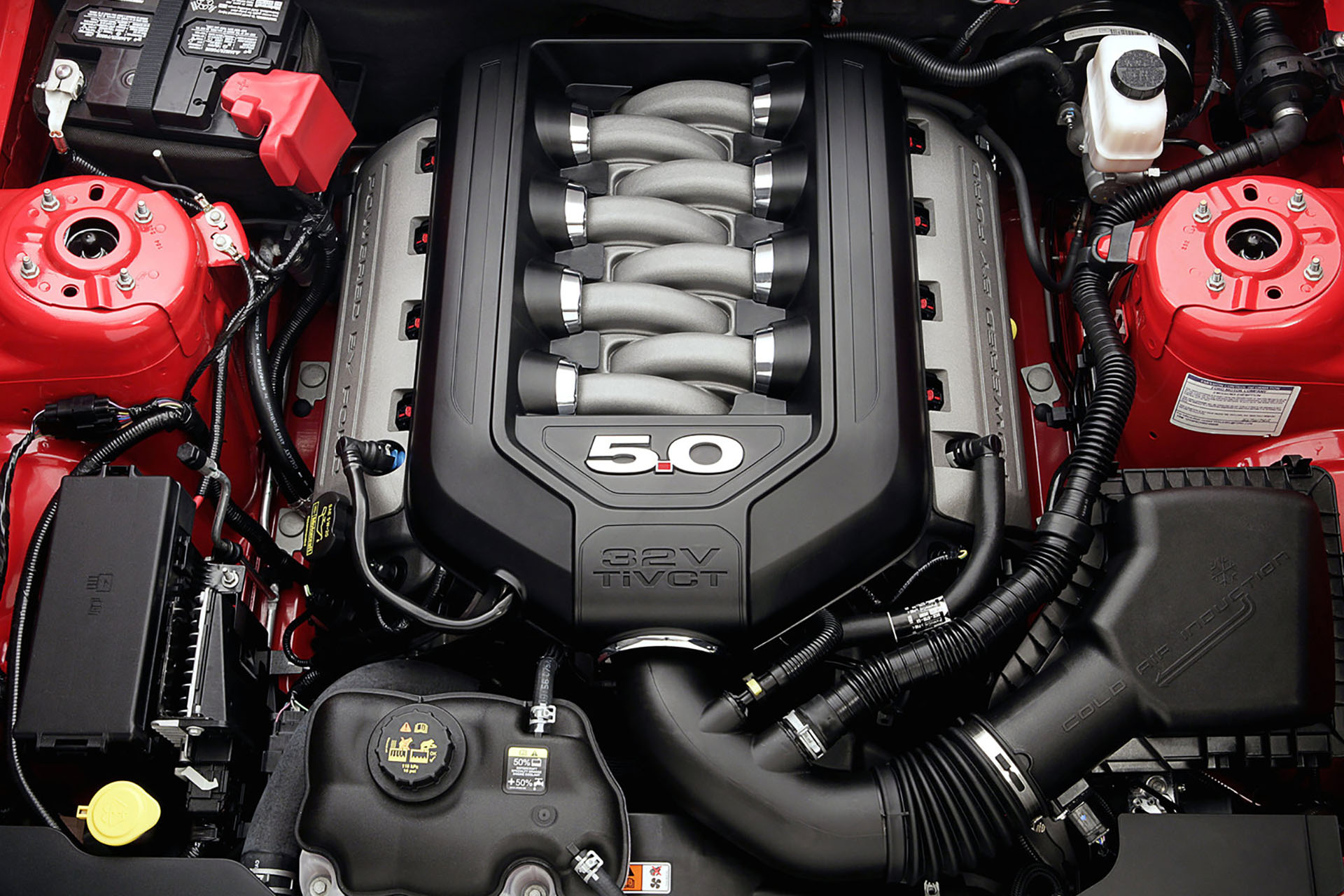
The Coyote also benefits from strong OEM and aftermarket support for E85 conversion: flex-fuel sensors, upgraded injectors, and fuel pumps are all widely available and relatively easy to install.
Owners gain not just power, but also improved reliability under high load, making this engine an excellent showcase of how ethanol can revolutionize performance when paired with the right hardware.
3. Toyota 2JZ-GTE
The Toyota 2JZ-GTE, revered for its presence in the A80 Supra, is another standout engine that flourishes on E85. Its strength lies in legendary build quality: a fully closed iron block, stout forged internals, and a head design suited to higher RPMs.
Initially designed for reliability and tolerance for turbocharging, the 2JZ has become a favorite for high-horsepower street cars and competitive drag builds worldwide.
What makes the 2JZ particularly noteworthy when running E85 is its tolerance of extreme power levels and its ability to handle increased boost safely.
The fuel’s high octane rating allows tuners to crank up both turbocharger pressure and ignition timing without encountering knock, the primary limiting factor for making more power on pump gasoline.
On E85, even a stock-internal 2JZ often manages 600-700 horsepower. Fully built examples, with larger turbos and supporting mods, frequently surpass 1,000 horsepower for extended periods on E85, without the heat management and detonation issues that can plague gasoline setups.
A significant benefit is the abundance of aftermarket solutions tailored specifically for E85 conversions: high-flow injectors, ethanol-compatible fuel systems, and advanced stand-alone ECUs.
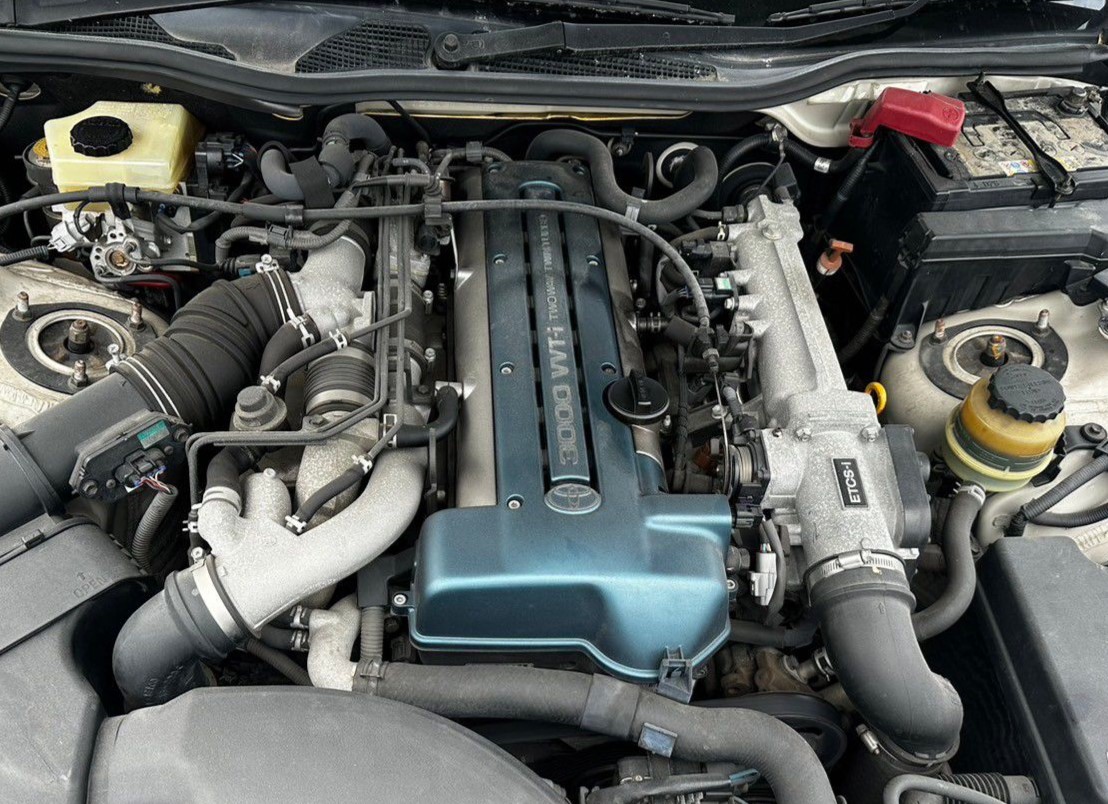
Tuners enjoy precise control over fueling and timing, extracting greater efficiency and safer, repeatable performance.
This reliability helps explain why the 2JZ is featured in both grassroots and pro-level motorsports, and why E85 remains the preferred fuel for Supra enthusiasts chasing top-tier performance without trading away engine longevity.
Showcasing what a legendary Japanese engine can accomplish with ethanol, the 2JZ-GTE stands as a testament to engineering foresight and modern tuning advantages.
4. Volkswagen/Audi EA888 Gen 3 (2.0 TSI)
Volkswagen Group’s EA888 Gen 3, a 2.0-liter turbocharged inline-four found in models from the Golf GTI to the Audi S3, is a modern example of an engine thriving on E85.
With its combination of direct injection, robust bottom end, and advanced turbocharging controls, the EA888 responds especially well to ethanol fuels.
The engine’s efficient combustion chamber design and intercooling help manage higher cylinder pressures and temperatures, crucial for maximising the performance potential of E85.
Why select this engine for discussion? The EA888 is immensely popular among European car tuners, in part due to its capacity for substantial, safe power increases with only modest upgrades.
Tuners regularly cite gains of 40-60 horsepower from an E85 tune alone on otherwise stock engines. The higher octane rating of E85 facilitates more aggressive ignition timing and higher boost, bringing the stock turbo setup closer to its limit while maintaining reliability.
With hardware support such as upgraded high-pressure fuel pumps and ethanol sensors, the EA888 platform transitions easily to E85, making it a cost-effective option for enthusiast drivers who want more performance without rebuilding the engine.
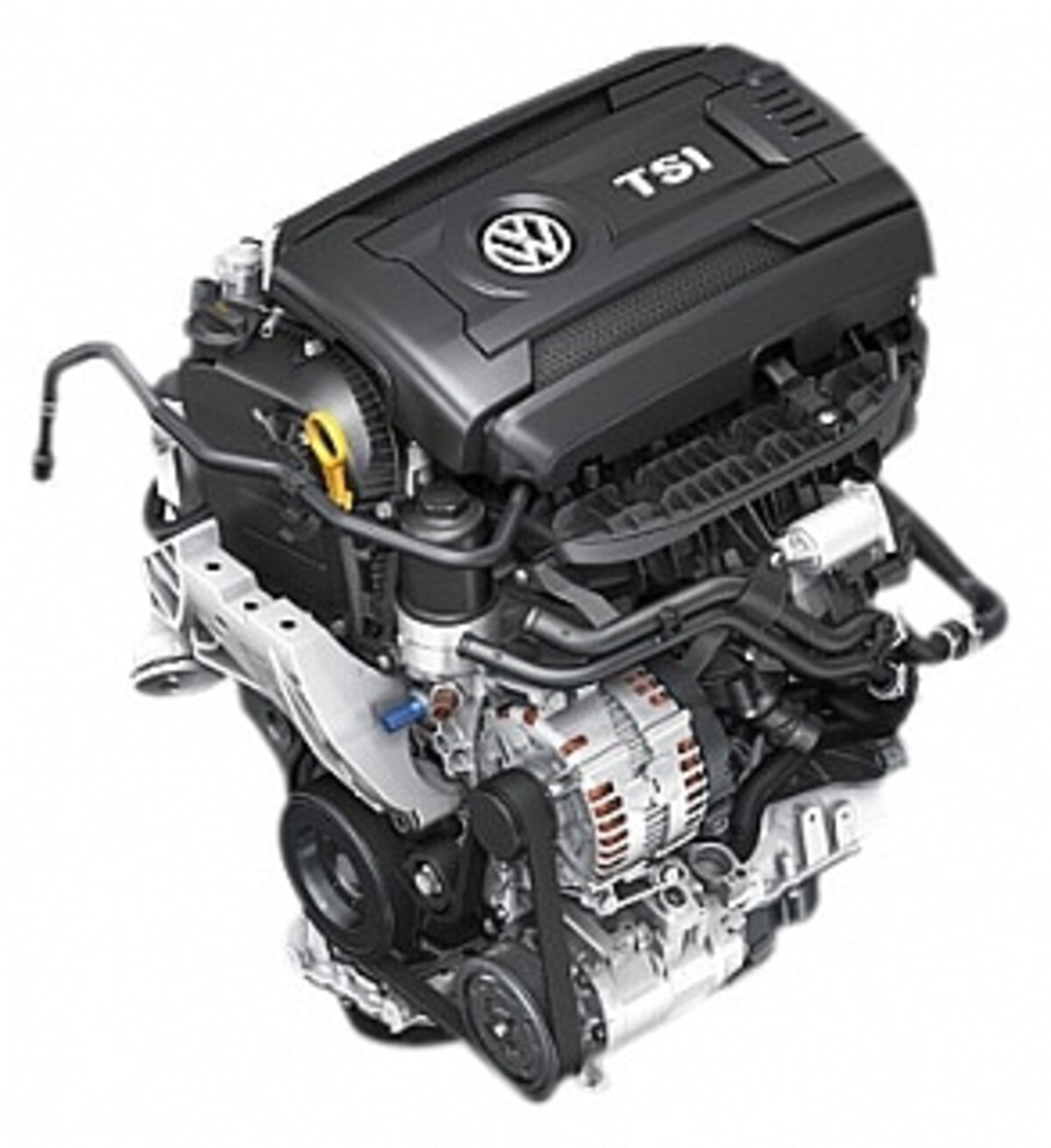
Another reason for its popularity is the widespread availability of flash tunes tailored for E85 on this platform, created by reputable companies with extensive testing data.
These tunes help ensure reliability, even as drivers demand more from the engine. The EA888’s ability to balance everyday drivability with track-worthy power, aided significantly by E85, makes it a success story of adaptable European engineering.
5. Subaru EJ257 (STI 2.5L Turbo)
Subaru’s EJ257, the turbocharged 2.5-liter flat-four powering the WRX STI, often receives criticism for reliability issues when highly modified on pump gas. However, this engine redeems itself spectacularly when converted for E85 use.
Subaru’s enthusiasts have long sought to overcome detonation and overheating problems common in the EJ series by switching to ethanol fuels, which deliver cooler combustion and increased knock resistance.
Why is the EJ257 on this list? E85 offers this engine a lifeline for reliable, high-output setups. On pump gasoline, aggressive boost levels can push the EJ257 beyond safe limits, leading to blown head gaskets or ringland failures.
With ethanol, even moderately built engines can tolerate higher boost and timing without the same risks. Typical power gains are significant: many owners report 20-30% increases in safe, usable power after an E85 tune.
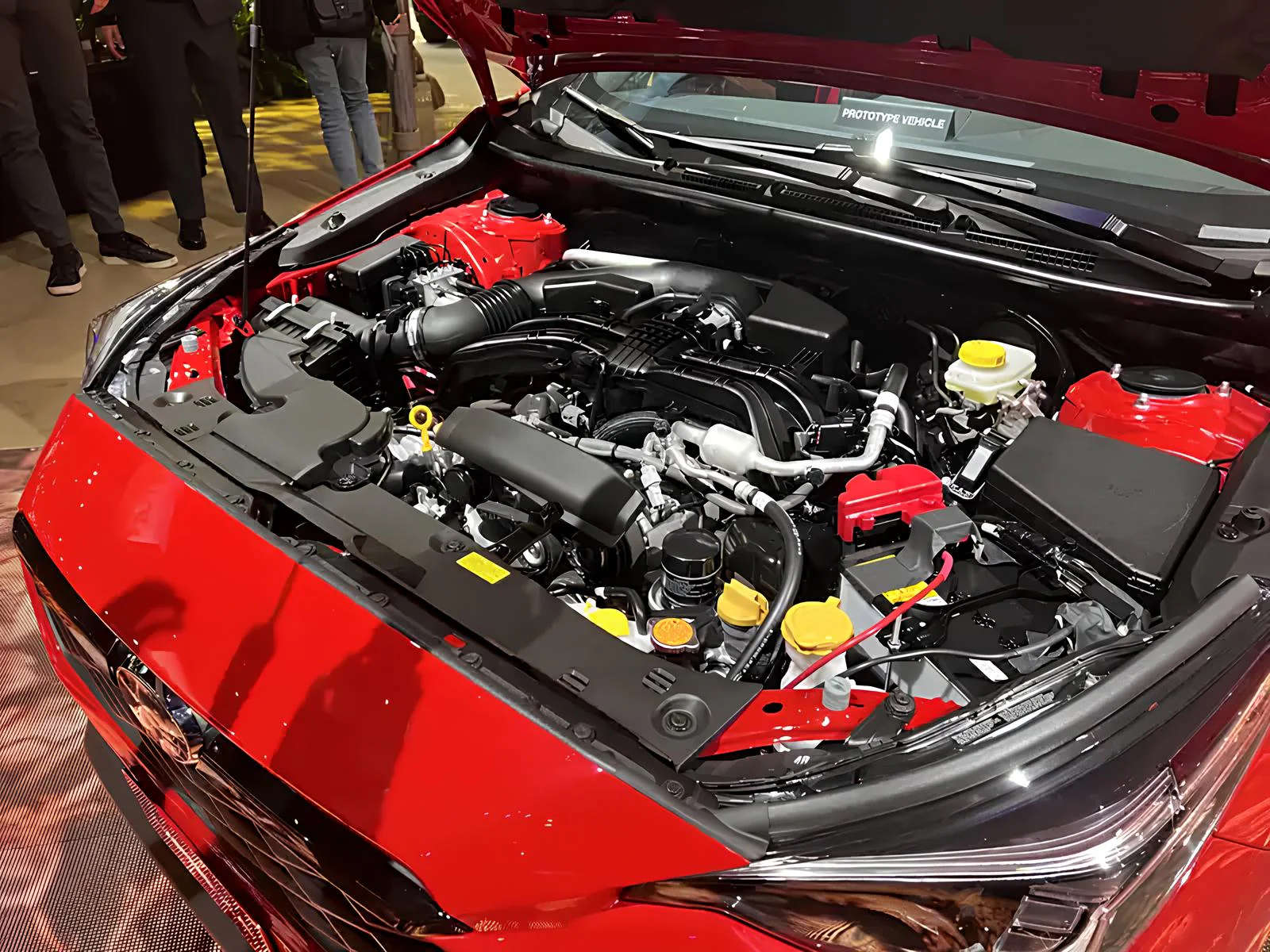
Moreover, Subaru owners benefit from strong community and aftermarket support for converting the EJ257 to E85: larger fuel injectors, pumps, flex-fuel kits, and tuning solutions are easily sourced.
The EJ257’s unique flat-four configuration paired with ethanol results in both a distinctive sound and an engine that is more resistant to heat soak and pre-ignition under load, especially in motorsport applications.
Focusing on the EJ257 showcases how E85 doesn’t just deliver higher horsepower; it can also address and correct core weaknesses in engine design, turning a volatile setup into a durable and exhilarating performer.
Engines That Fail on Higher-Octane Fuels
While higher-octane fuels like E85 or racing gasoline promise better knock resistance and increased power potential, some engines simply aren’t built to extract these advantages.
These engines often rely on fuel system designs, combustion chamber shapes, and electronic management calibrated for standard octane gasoline. For them, using a higher-octane or ethanol-rich blend brings few benefits or, worse, creates unexpected complications.
Highlighting engines that falter when running on higher-octane alternatives sends an important message to enthusiasts and everyday drivers alike: more octane doesn’t automatically equal more performance.
Issues such as inadequate fuel delivery, incompatible sensors, or unoptimized timing curves can lead to loss of power, drivability issues, or even mechanical harm.
Discussing these five notable examples not only clarifies how mismatched fuel and engine design can result in failure but also underlines the essential value of understanding a vehicle’s engineering limitations before searching for extra horsepower at the pump.
The engines selected here represent a spectrum of manufacturers and architectures. In each case, switching to a higher-octane fuel without other supporting modifications or recalibration brings underwhelming results or introduces costly problems.
Focusing on these examples shows the importance of matching the right fuel to the right engine and highlights what can go wrong when this isn’t done.
1. Honda K24A (Standard, Non-Performance Applications)
The Honda K24A series, used widely across Accords, CR-Vs, and other mainstream models, is lauded for fuel efficiency and everyday reliability.
Designed with conservative compression ratios and valve timing to maximize longevity and minimize emissions, the standard K24A thrives on regular 87-91 octane gasoline.
When owners feed these engines higher-octane fuels, including E85 or premium race gas, the results are disappointing.
The root cause lies in the engine management. A naturally aspirated K24A from a family sedan cannot alter timing or fueling maps enough to use higher-octane’s knock resistance.
Without turbocharging, aggressive cam profiles, or tuning strategies that add cylinder pressure, higher-octane fuel remains largely untapped by the engine.
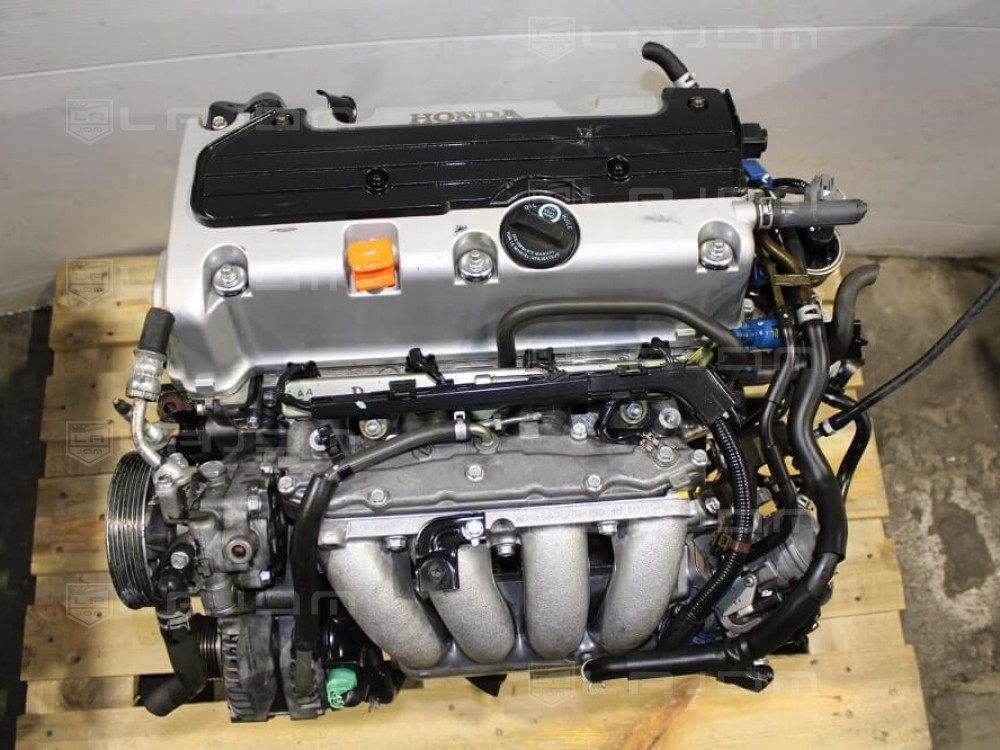
Using such fuels in an untuned K24A can sometimes reduce fuel economy due to ethanol’s lower energy density, and cold-start behavior can worsen if ethanol content climbs.
There’s also the risk of injector failure or clogged fuel systems, as factory parts often aren’t designed to resist ethanol corrosion long-term.
Honda enthusiasts and daily drivers alike should take note: only modified K24s (forged internals, boost, or aggressive timing) can convert higher-octane fuel into meaningful gains.
For everyone else, factory-recommended fuel keeps these engines running at their reliable best. Choosing an inappropriate fuel here won’t just fail to help it may eventually cost in both performance and longevity.
These realities make the K24A a cautionary case study of how simply switching to performance fuels cannot compensate for the absence of the right supporting modifications and engine design.
2. BMW N54 Inline-6 Twin Turbo
The BMW N54 is beloved for its tuning potential in vehicles like the 335i and early 1 Series. Known for its direct injection and robust turbocharged architecture, it seems a promising candidate for higher-octane fuels.
However, in stock or lightly modified form, the N54 does not respond well to E85 or other high-octane options without substantial supporting modifications. Issues arise largely from the limited fueling system capacity and factory tuning calibration.
The stock high-pressure fuel pump and injectors are engineered for gasoline’s properties and volume requirements.
Introducing E85, with its much higher fuel demand due to lower energy density, often overwhelms these components, causing stumbling, misfires, and even lean conditions.
Moreover, unless specifically tuned for ethanol’s different characteristics, the engine’s ECU does not adjust ignition timing and fueling maps to capitalize on higher octane.
As a result, gains from simply filling the tank with E85 are minimal or even negative in terms of drivability and performance.
Owners who mistakenly believe that simply switching to a higher-octane blend will yield more power frequently encounter check-engine lights and reduced reliability.
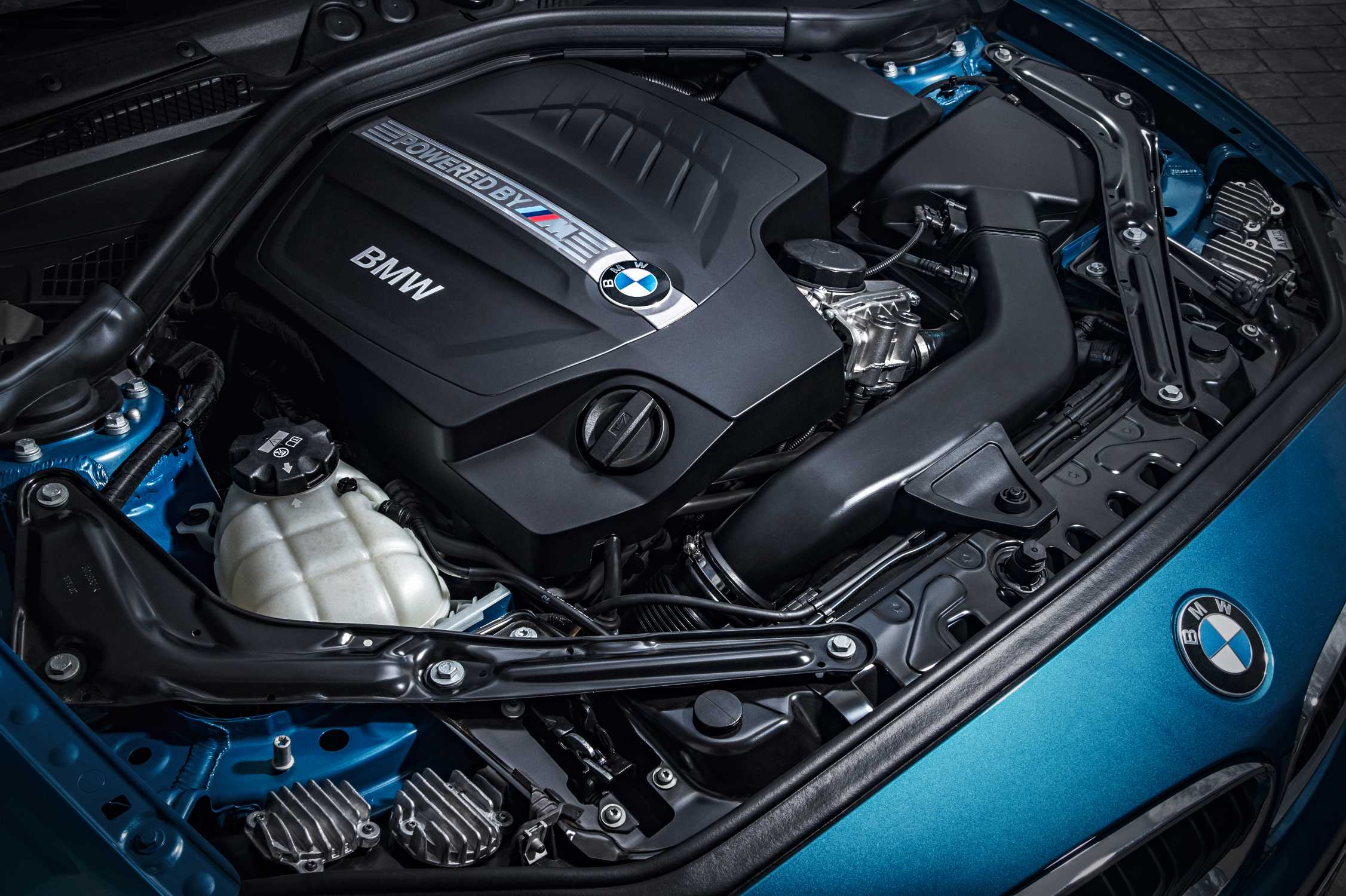
Only those who invest in upgraded injectors, fuel pumps, and proper E85-specific dyno tuning unlock the engine’s true potential. Without these changes, the N54’s advanced technology becomes a liability when misapplied.
This scenario underscores the crucial importance of holistic upgrades; the right fuel without the right hardware and software brings no benefit, and for the everyday driver or casual enthusiast, it can actually lead to more problems than solutions.
3. Toyota 1NZ-FE (Economy-Focused Inline-4)
Widely used in vehicles like the Toyota Yaris and Prius, the 1NZ-FE was never designed for anything beyond basic transportation.
Its focus is on low emissions, optimal fuel efficiency, and long-term reliability, with a compression ratio and timing strategy tailored to regular gasoline. Attempting to use E85 or higher-octane fuels in a stock 1NZ-FE yields little more than frustration.
This engine simply lacks the electronic sophistication to advance ignition timing or boost compression ratios enough to benefit from better knock resistance.
Meanwhile, on ethanol blends, drivers often notice decreased range and, in some cases, engine warning lights due to incompatible oxygen sensor calibrations or fuel trims.
The fuel system, from lines to injectors, isn’t built to resist the potential corrosive effects of high ethanol content, and long-term running can cause premature wear or leaks.
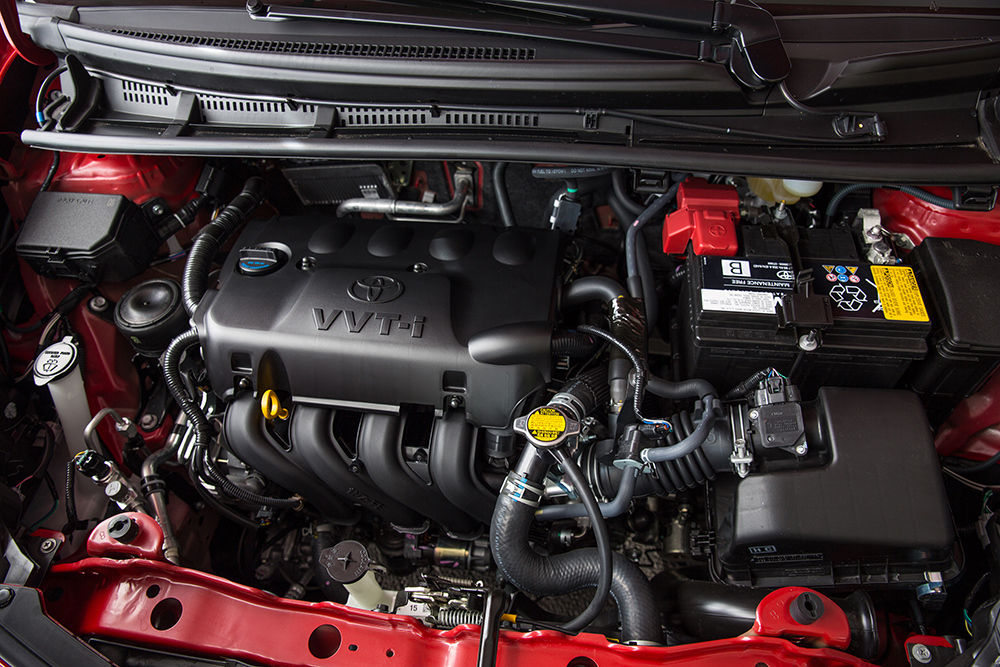
Efforts to extract more power by changing fuel alone backfire, especially as cold starting becomes more problematic and maintenance intervals may tighten.
The lesson here is clear: applying higher-octane or ethanol-rich fuels to a basic, non-turbocharged commuter engine does not magically increase power or efficiency.
Instead, it highlights why manufacturers advise sticking with regular gasoline for such applications doing otherwise can create inadvertent headaches without measurable performance improvements.
4. Mazda Skyactiv-G (Naturally Aspirated)
Mazda’s naturally aspirated Skyactiv-G engines, praised for their innovative compression ratios and clean combustion, are engineered with precision for regular unleaded fuel.
Their unique combustion chamber designs enable a higher compression ratio while resisting knock on mainstream gasoline, thanks to careful calibration and direct fuel injection strategies.
When higher-octane fuels or E85 are introduced without any supporting recalibration, Skyactiv-G engines fail to capitalize on the theoretical benefits.
The factory ECU maintains its conservative timing strategy, and there is no boost to raise cylinder pressures. As a result, fuel economy drops slightly ethanol blends offer less chemical energy per volume, and no additional power is extracted.
The fuel system is also not intended for ethanol’s particular properties, and over time, seals or injectors can degrade if exposed to high ethanol content.
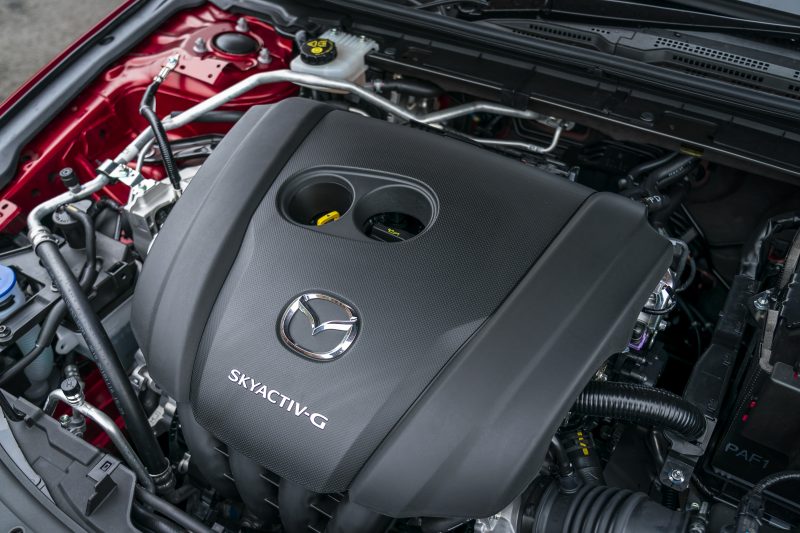
Car owners tempted by perceived benefits of “better” fuel instead experience unremarkable performance and potentially negative impacts on warranty and longevity.
Mazda’s engineering success with Skyactiv-G is proof that the right fuel is not a one-size-fits-all answer, but a decision tightly linked to engine concept and control strategies.
Using higher-octane here is a reminder that advanced engineering sometimes means using just the fuel it was specifically designed to handle.
5. Nissan VQ35DE (Naturally Aspirated Version)
Nissan’s VQ35DE, ubiquitous in vehicles like the 350Z, Maxima, and Altima, is often seen as a solid performance engine.
While it shines in terms of reliability and torque, especially in its naturally aspirated configuration, this V6’s ECU is not tuned to take advantage of higher-octane fuels. The fuel mapping, ignition timing, and compression settings are optimized for 91-93 octane gasoline, as found in premium pump stations.
Pouring in E85 or race gas without retuning simply does not yield any of the anticipated gains.
The engine management lacks any flex-fuel capability, and attempting to run higher ethanol content can create starting difficulties, lean conditions, and sometimes check-engine warnings. Over time, the fuel system is at risk of corrosion and clogging due to unprepared hoses and injectors.
Enthusiasts who wish to tap into the real octane potential must invest in a comprehensive set of modifications, including larger injectors, ethanol-resistant lines, surge tanks, and crucially, professional tuning that recalibrates every aspect of the car’s fuel delivery and ignition.
Without this, the switch to a higher-octane fuel is at best pointless and at worst damaging. In stock or near-stock form, running the recommended premium gasoline is the only safe, reliable option.
This comprehensive analysis demonstrates that the synergy between engine design and fuel choice is crucial.
Engines celebrated for their compatibility with E85 show that when ethanol is matched with suitable hardware and tuning, spectacular gains in both power and reliability are possible.
In contrast, engines that “fail” on higher-octane fuels reveal the pitfalls of mismatch: more octane is not universally better, and only thoughtful, holistic modification unlocks the full value of alternative fuels. Understanding both cases empowers enthusiasts to make smarter, safer, and more satisfying decisions at the pump.
Also Read: 5 Cars With Best Long-Distance Comfort vs 5 That Sink After Hours

